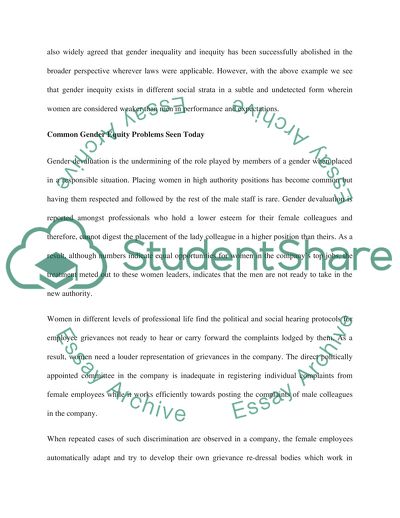Cite this document
(Achieving Gender Equity: The Challenges and Few Solutions Case Study, n.d.)
Achieving Gender Equity: The Challenges and Few Solutions Case Study. https://studentshare.org/gender-sexual-studies/1874137-gender-equity
Achieving Gender Equity: The Challenges and Few Solutions Case Study. https://studentshare.org/gender-sexual-studies/1874137-gender-equity
(Achieving Gender Equity: The Challenges and Few Solutions Case Study)
Achieving Gender Equity: The Challenges and Few Solutions Case Study. https://studentshare.org/gender-sexual-studies/1874137-gender-equity.
Achieving Gender Equity: The Challenges and Few Solutions Case Study. https://studentshare.org/gender-sexual-studies/1874137-gender-equity.
“Achieving Gender Equity: The Challenges and Few Solutions Case Study”. https://studentshare.org/gender-sexual-studies/1874137-gender-equity.


